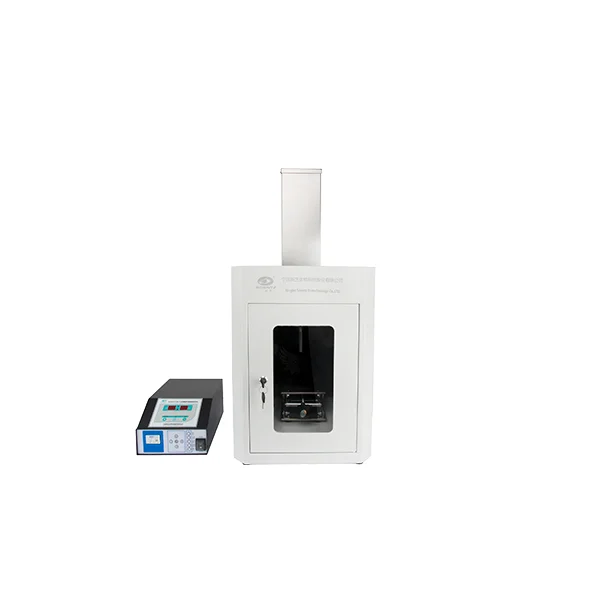When it comes to hiking, the right footwear can make or break your experience. While traditional hiking boots have long been the go-to choice for outdoor enthusiasts, sneakers have emerged as a popular alternative for many hikers. With advancements in technology and design, hiking sneakers can provide the comfort, support, and traction needed for various terrains. But with so many options available, how do you choose the best sneakers for your hiking adventures? This guide will delve into the essential factors to consider when selecting hiking sneakers, ensuring you make an informed decision that enhances your outdoor experience.
Understanding the Terrain
Before you start shopping for hiking sneakers, it’s crucial to understand the type of terrain you’ll be traversing. Different environments require different features in footwear:
- Trail Conditions: If you plan to hike on well-maintained trails, lightweight sneakers with good cushioning may suffice. However, for rocky or uneven terrains, look for sneakers with a stiffer sole and enhanced support.
- Weather Considerations: Wet or muddy conditions necessitate sneakers with waterproofing features and aggressive tread patterns for better grip. Conversely, breathable materials are essential for hot, dry climates to prevent overheating and moisture buildup.
Key Features to Look For
When evaluating sneakers for hiking, consider the following features:
- Traction: The outsole of your sneakers should provide excellent grip. Look for rubber outsoles with deep lugs that can handle various surfaces, including mud, rocks, and loose gravel. Vibram soles are a popular choice for their durability and traction.
- Cushioning and Support: Adequate cushioning is vital for comfort during long hikes. Sneakers with EVA (Ethylene Vinyl Acetate) midsoles offer lightweight cushioning, while those with additional arch support can help prevent foot fatigue. Consider your foot type—flat, neutral, or high-arched—when selecting the right level of support.
- Weight: Lightweight sneakers can enhance your agility and reduce fatigue on longer hikes. However, ensure that the lightweight design does not compromise support and protection.
- Breathability: Look for sneakers made from breathable materials, such as mesh or synthetic fabrics, to keep your feet cool and dry. This is particularly important for warmer climates or strenuous hikes.
- Fit and Comfort: A proper fit is paramount. Ensure there’s enough room in the toe box to prevent discomfort during descents. Consider trying on sneakers with the socks you plan to wear while hiking, and walk around to assess comfort levels.
Popular Hiking Sneaker Brands
Several brands have established themselves as leaders in the hiking sneaker market, offering a range of options tailored to different needs:
- Merrell: Known for their durable and comfortable hiking footwear, Merrell sneakers often feature excellent traction and support, making them a favorite among hikers.
- Salomon: Salomon sneakers are designed for performance, with advanced technologies that enhance grip and stability. Their Speedcross line is particularly popular for trail running and hiking.
- Columbia: Columbia offers a variety of hiking sneakers that combine comfort and functionality, often incorporating waterproof technologies and rugged outsoles.
- Altra: Altra is renowned for its zero-drop platform and wide toe box, promoting a natural foot position. This brand is ideal for those seeking a more minimalist approach to hiking footwear.
- Adidas Terrex: The Terrex line from Adidas features innovative designs and technologies, providing excellent traction and support for various hiking conditions.
Maintenance and Care
To prolong the life of your hiking sneakers, proper maintenance is essential:
- Cleaning: After each hike, remove dirt and debris from the outsoles. Use a soft brush and mild soap to clean the upper materials, and allow them to air dry away from direct sunlight.
- Storage: Store your sneakers in a cool, dry place. Avoid leaving them in damp or humid environments, as this can lead to mold and deterioration.
- Replacement: Keep an eye on the wear and tear of your sneakers. If you notice significant wear on the outsole or loss of cushioning, it may be time to invest in a new pair.
Conclusion
Choosing the right sneakers for hiking is a critical decision that can significantly impact your outdoor experience. By understanding the terrain, evaluating key features, and considering reputable brands, you can find the perfect pair that meets your needs. Remember, the right footwear not only enhances comfort but also contributes to your safety and performance on the trails. So lace up, hit the trails, and enjoy the great outdoors with confidence!

